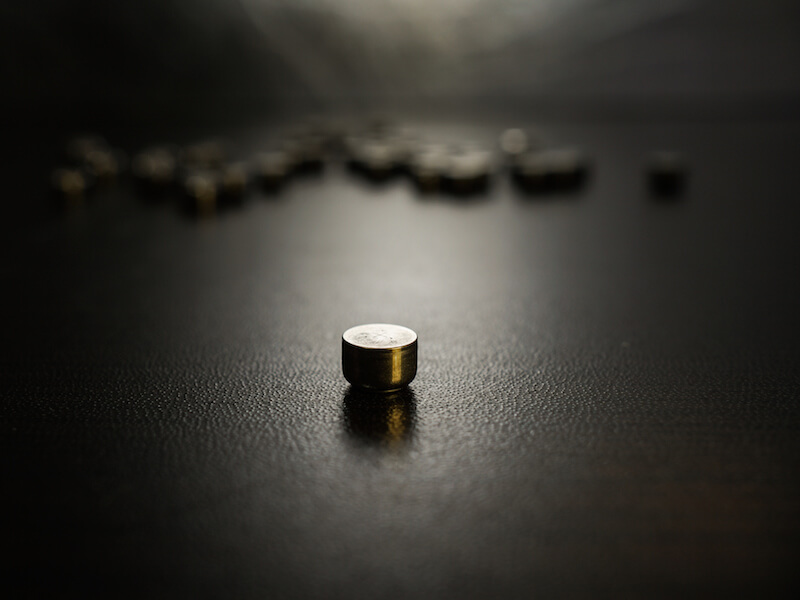
From phones to cameras to music players, how we power our electronics has evolved. A robust, rechargeable hearing aid battery is finally living up to the hopes of hearing aid makers to replace the outdated disposable power sources of the past.
Size 312 batteries are the most common of the disposable batteries that have typically been used to power hearing aids. These days, the most prominent version of these batteries is generally known as a “zinc-air” battery.
The Downside to Disposable Hearing Aid Batteries
As the name would imply, a zinc-air battery is impacted by the presence of air. The user needs to pull a little tab off the back of a 312 zinc-air battery to activate it.
They will start losing power the moment they are fully oxygenated. That means power is starting to drain whether the user is ready for it or not.
The biggest disadvantage to disposable batteries, for most users, is how short they last. With 312 batteries, the user could be changing the batteries in their hearing aids about 120 times every year because they drain in 3 to 12 days according to some reports.
That also means users may need to purchase 120 batteries, spend the time twice a week to replace them, and properly dispose of each. From a cost point of view alone, that likely equals over $100 in battery costs.
Advancements in Rechargeable Batteries
Rechargeable hearing aid technology has progressed to the point where it’s now a viable option and that’s great news for individuals who use hearing aids.
The vast majority of people would use rechargeable hearing aids if given a choice according to various research. Over the years, these models were not practical because they didn’t hold a charge long enough. But modern rechargeable batteries will last all day without requiring a recharge.
Users won’t see significant cost savings by changing to rechargeable batteries, but where they will see a demonstrated improvement is in quality of life.
These modern models give less frustration on top of keeping a 24 hour charge because the user doesn’t deal with the burden of constantly changing out the batteries. Instead, they just need to take out the battery and put them in a convenient tabletop charging unit.
When a disposable battery gets near the end of its life it doesn’t run your hearing aid at full power. And you can’t determine how near the battery is to failing. Consequently, users chance putting themselves in a situation where their battery might die at a crucial time. A faulty battery will not only lead to a safety concern, it could cause the user to miss important life moments.
Types of Rechargeable Hearing Aid Batteries
Rechargeable batteries come in a number of different materials, each offering distinct advantages. Integrated lithium-ion batteries are one option being used by manufacturers because they can hold a charge for 24 hours. You may be surprised to know that this same kind of technology is what charges and powers your smart-phone.
Another kind of modern rechargeable battery is a silver-zinc. Originally, these revolutionary batteries were manufactured for Nasa’s moon missions. You can even use this technology to upgrade and retrofit the existing hearing aids you’re comfortable with by converting the device to rechargeable power. Just like lithium-ion, silver-zinc can also supply enough power to last you for a full day.
Some models even let you recharge the battery while it’s still in the hearing aid. For these, users will slip the entire hearing aid on a charging station when they sleep or at another time when the device is not in use.
While all of these rechargeable strategies provides significant benefits over disposable batteries, each approach should be properly vetted to get a complete picture and to discover if it’s right for you.
Take a look at our hearing aid section if you’re searching for more information about what battery would be best for you or any other info about hearing aids.

